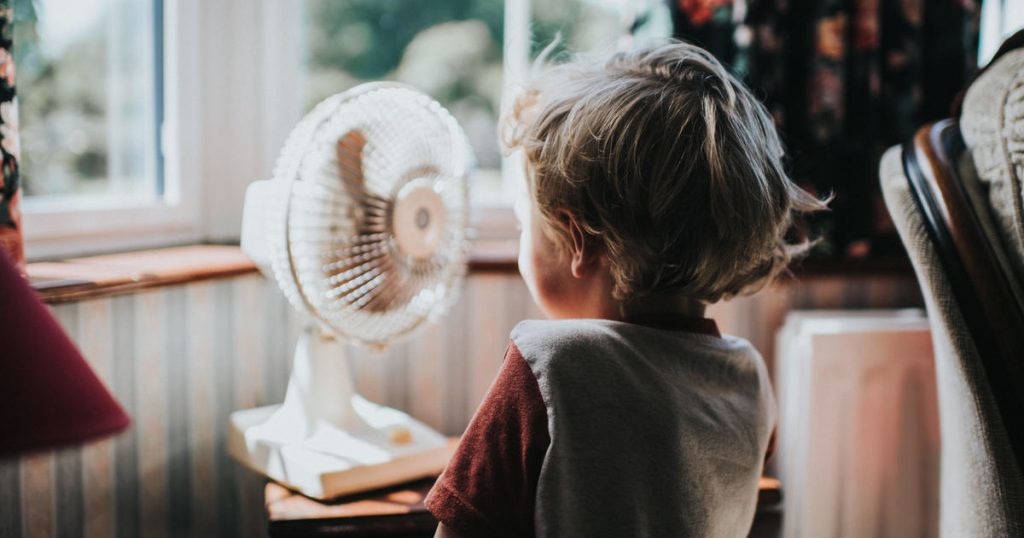As Americans observe Earth Day, they are facing the impact of climate change in the form of rising temperatures across the country, which are putting a strain on their budgets. The Bank of America Institute conducted an analysis of its customers’ spending patterns and found that over half of U.S. counties are facing potentially higher utility costs due to increased energy consumption. As of March, customers’ total monthly utility bills, including water, gas, and electricity, averaged nearly $300, a 25% increase from 2019. The report’s authors noted that households exposed to heat waves and higher average temperatures are more likely to use air conditioning, leading to increased energy consumption and expenses.
Using aggregated and anonymized customer data, Bank of America identified that lower-income households are facing more financial pressure as a result of higher utility costs. On average, utility payments for individuals earning less than $50,000 a year rose by 38% between March 2019 and March 2024. This is exacerbated by the “urban heat island” effect, where low-income individuals living in hotter parts of the U.S. are more exposed to heat than higher-income households. In places like Reno and Las Vegas, Nevada, consumer utility bills increased by more than 40% in March compared to 2019.
Higher utility costs are just one financial burden that Americans are grappling with as a result of inflation during the pandemic. Despite the easing of the pandemic, many consumers continue to face severe financial pressure. Census data shows that 38% of households with incomes under $50,000 report being unable to pay bills in full over the past year. Air conditioning, once a luxury, has become a necessity, but not all Americans can afford to run their units due to fear of high bills. Cooling centers, traditionally used during heat waves, are now less effective as heat waves are lasting longer periods.
Experts emphasize that old-school approaches to coping with heat waves are no longer sufficient, especially as extreme temperatures may persist for up to 10 months a year in some communities. Michael Mendéz, a climate change researcher, highlights the impact on lower-income households, who are forced to choose between maintaining a comfortable home temperature and buying groceries. This financial strain is affecting households’ ability to pay for other basic necessities. As a result, it is essential for policymakers and organizations to consider innovative solutions to address the growing financial challenges faced by individuals due to climate change and rising energy costs.















